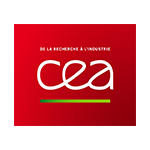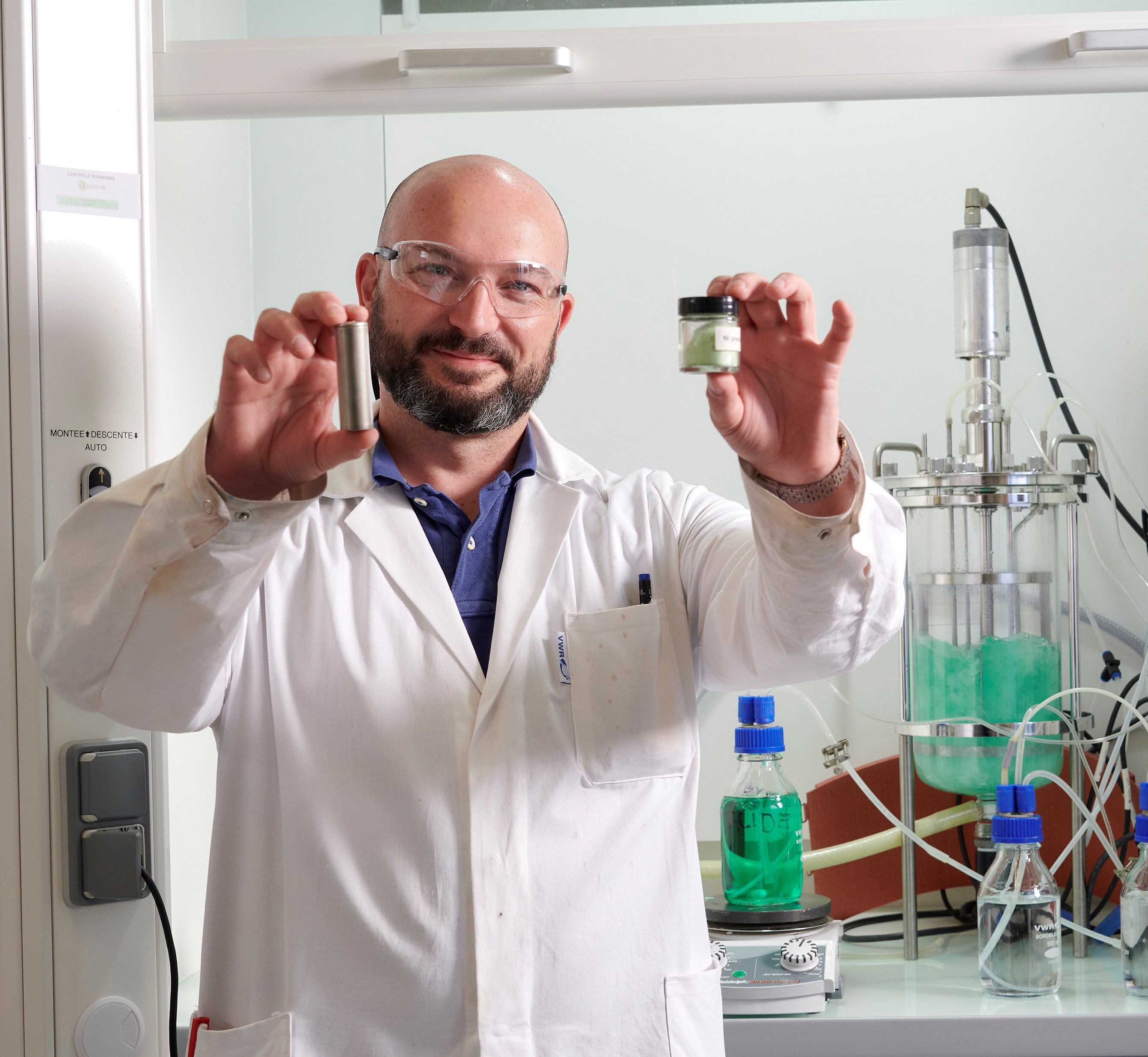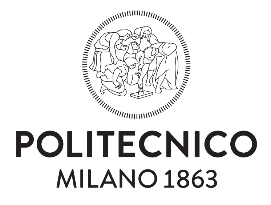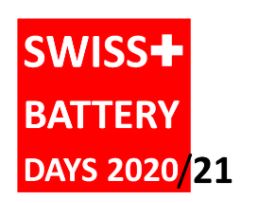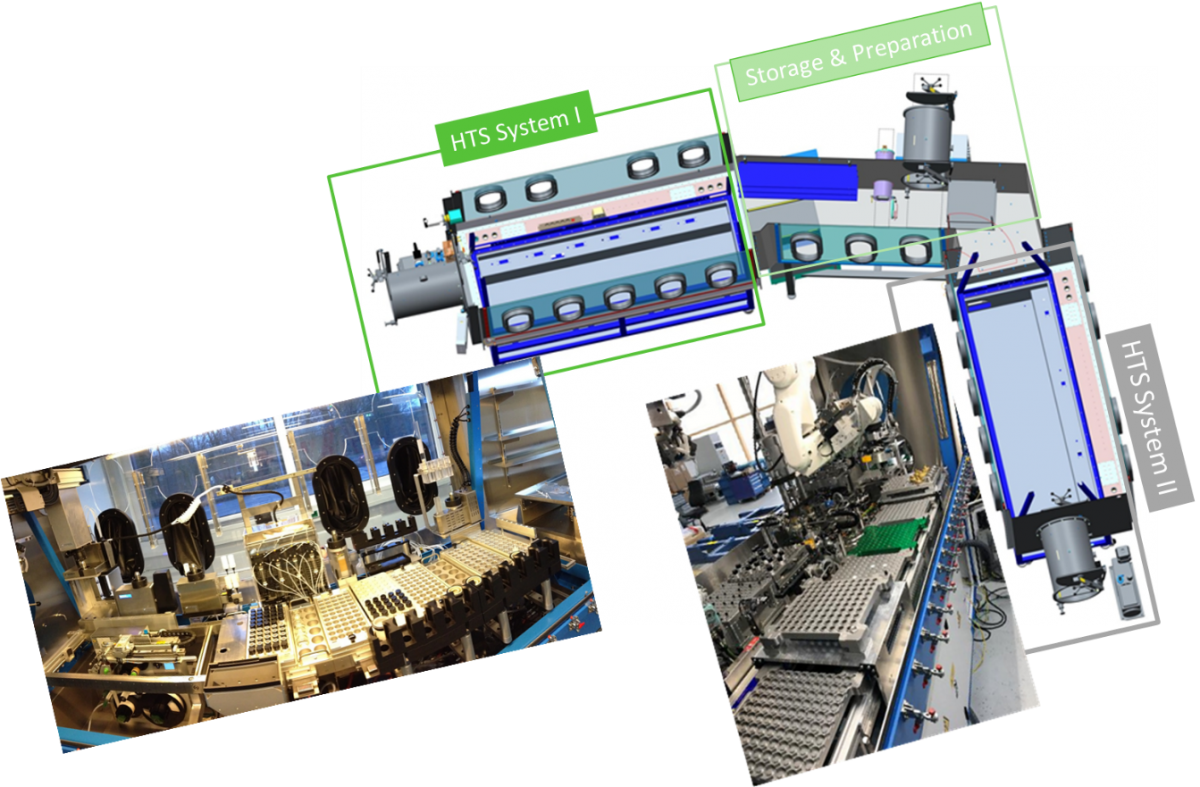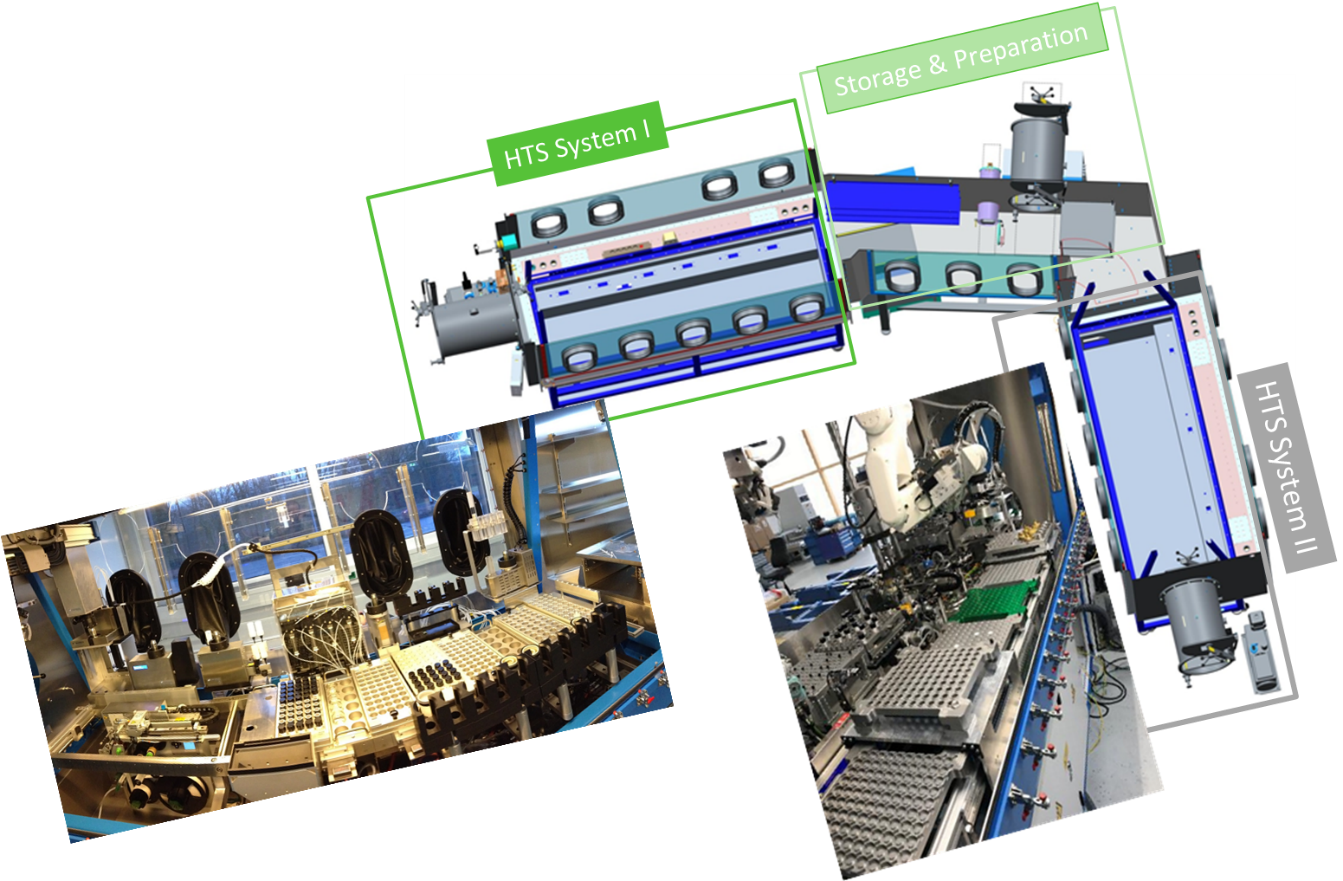This public deliverable summarizes the contents of the workshop organized by CRF in April. In particular, this document:
– Summarize the topic and the content of the presentations performed during the workshop;
– Give a general overview of the general outcome of the conference.






